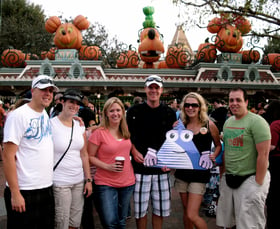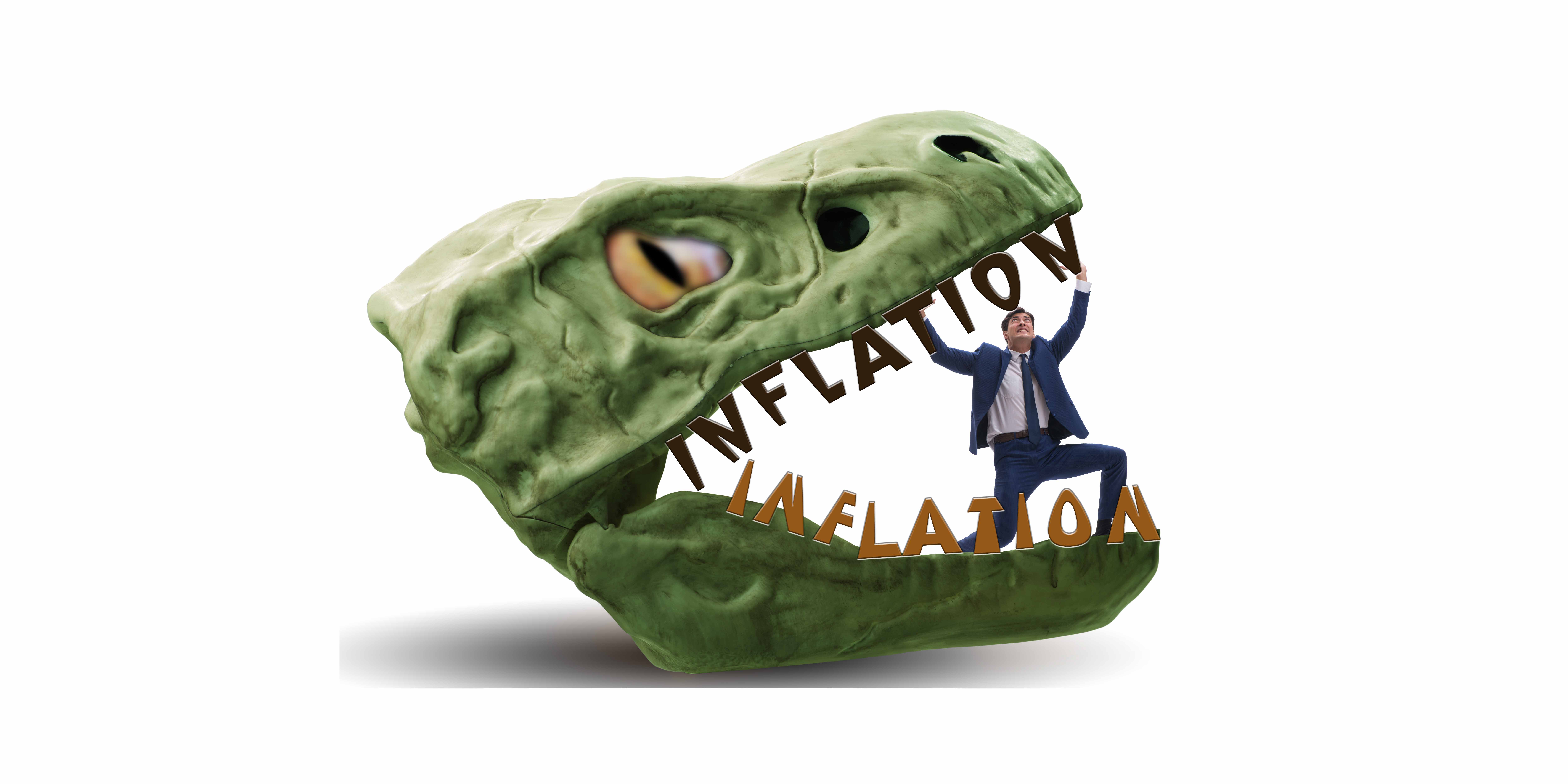"We have a lot of pissed off people at my company right now," a friend recently told me.
"There's an in-house café where we can eat two meals a day," he said. "But they've served the same menu for lunch pretty much every day for the past two weeks.
"A lot of employees are complaining and are thinking of boycotting the cafeteria."
I told him that sounded ridiculous to me. I asked if his company had hired away a bunch of second graders from the nearby elementary school.
My friend explained that initially there was excitement around free meals when the company added the perk late in 2016. It made them feel on par with Silicon Valley behemoths and their lavish employee perks and tricked-out facilities.
Then the newness wore off, and people felt entitled to something even better. Now they're melting down because the office café is hung up on tuna melts.
Have you ever added an employee perk that you felt was great, only to see it met by a collective "Meh," from the employees?
Or at least it didn't have anywhere near the desired return you thought it would?
It happens frequently.
Let's talk about why some corporate perks don't work, and what to look for in a perk that will actually enhance the employee experience.
Considering the Employee Experience
The first place to start is at the top.
Companies must start considering the quality of their overall Employee Experience. That's the A-to-Z of working for your company, from the onboarding process to compensation, workspace, coworkers, managers, corporate perks, work/life balance and everything in between.
Many companies package together great salaries and benefits and call it good. That should be enough to keep employees happy and engaged.
But as we've learned, those are only segments of what motivates and drives employees.
People need recognition, opportunity, camaraderie, freedom, balance, and other factors that comprise a great experience.
Combined with salary and benefits, those are inputs. The outputs are longevity, productivity, and engagement.
With that explanation thrown out there, we're going to focus in on the area we know best: employee perks and benefits.
The Necessary Functions of an Employee Perk
Whether it's free meals, helicopter rides, casual Fridays, or an open bar, you need to set a clear goal for what you want your perk to accomplish.
The more measurable, the better.
If you don't have a clear goal, or you're not sure how to measure the effectiveness of a perk, then you may want to re-think it.
Otherwise, look for perks that serve a specific purpose within the Employee Experience.
Start with these four overarching goals:
- Problem Solving
Ideally, every perk will solve some sort of tangible problem. Flexible hours make it easier on working parents. Employee discount programs help employees save money on regular purchases. Tuition reimbursement helps younger employees dig out of major financial holes.
The return on these is obvious. Solve employee problems and they'll recognize the value of your organization across many aspects of living. It also helps clear their mental space, so they can be more focused when they're actually working.
Just 44% of employees believe that their employer cares about their wellbeing (PwC)
- Team-Building
Why do companies offer free coffee?
 For one, it keeps employees from getting in their cars and wondering off to the local coffee shop, which can kill productivity.
For one, it keeps employees from getting in their cars and wondering off to the local coffee shop, which can kill productivity.
But even better, it serves as a gathering point for groups to meet and talk about things they wouldn't talk about in their cubicles.
It exposes IT to customer service, operations to marketing, and those connections pay off in many ways.
Employees need to be at their stations being productive, but they also need to get away. Perks that place them in casual contact with other employees build connections between humans.
Which helps built better connections with the company.
Team-building perks might include group volunteering, departmental lunches, cooking classes, even movie nights. If it gets people together away from desks, it can fall under this category.
55% of employees have put off job hunting because they didn’t want to leave their co-workers (ICIMS)
- Education
Education and skill development are some of the best employee perks. People want the opportunity to learn new tricks (especially Millennials). Even better, everything they learn can apply to your business.
That's a winner, winner, chicken dinner if we've ever heard one.
Offer career advancement training, conference attendance, even access to learning databases like Lynda or The Great Courses.
Beware: Be prepared to offer new opportunities and possibly increased compensation. Don't just educate people and ask them to keep doing the same job. Promote 'em, or give them new responsibilities.
There's a return on this. Their advanced skills should result in greater gains for the organization.
58% of employees (62% of Millennials and GenX) say that professional development contributes to their job satisfaction (CompTIA)
- Health & Wellness
This category is also full of winners, as the potential return on greater employee health is tremendous. Imagine having happier employees, less absenteeism, lower insurance costs, and a higher-energy office. Perks under this category can help you achieve all those!
Employees who are engaged and have high well-being are:
- 42% more likely to evaluate their overall lives highly
- 27% more likely to report "excellent" performance in their own job at work
- 27% more likely to report "excellent" performance by their organization
- 45% more likely to report high levels of adaptability in the presence of change
- 37% more likely to report always recovering "fully" after illness, injury or hardship
- 59% less likely to look for a job with a different organization in the next 12 months
- 18% less likely to change employers in a 12-month period
- 19% more likely to volunteer their time in the past month (Gallup)
These include gym memberships, health assessments, fitness wearables, healthy snacks and so on.
But there's another side of health and wellness that can have a major impact on employee happiness and productivity.
We're talking about balance. Things like paid parental leave, paid vacations, and other benefits that help people go offline. These are highly desirable to outside employees, and have clear returns.
Work/life balance (80%) and salary (75%) are the second and third top considerations for working parents when looking for a job (FlexJobs)
Perk Strategically
We've all got our tiny violins out, playing sad songs for those employees revolting against their daily free meals.
Sure sounds sad to the 99% of us who have to scavenge and gather food on our own like Neanderthals.
There's nothing wrong with free meals. They cost a ton, but they fall into several categories we just mentioned.
 They solve a problem for employees (finding food), they can have a positive impact on health and wellness (just don't serve tuna melts every day, though), and they bring employees into proximity with each other.
They solve a problem for employees (finding food), they can have a positive impact on health and wellness (just don't serve tuna melts every day, though), and they bring employees into proximity with each other.
The problem in this specific instance is their free meals aren't enhancing the Employee Experience.
Maybe the employees are spoiled, or they would prefer to have that investment come back to them in their paychecks, not their stomachs.
Regardless, it's a reminder that even the finest employee perks can't serve as a bandage over bigger organizational issues. If the core culture stinks, perks won't be able to help much.
That's not to say organizations with cultural issues shouldn't add perks.
Be strategic. Have a clear idea of what you want your perks to accomplish. Even if recruiting new talent is your main objective, be sure you're able to connect the dots from the perk to the result.
Find problems you can solve and apply perks strategically. Sell them to your executive team and get managers on board, promote them like crazy to employees, then watch as they work magic.





